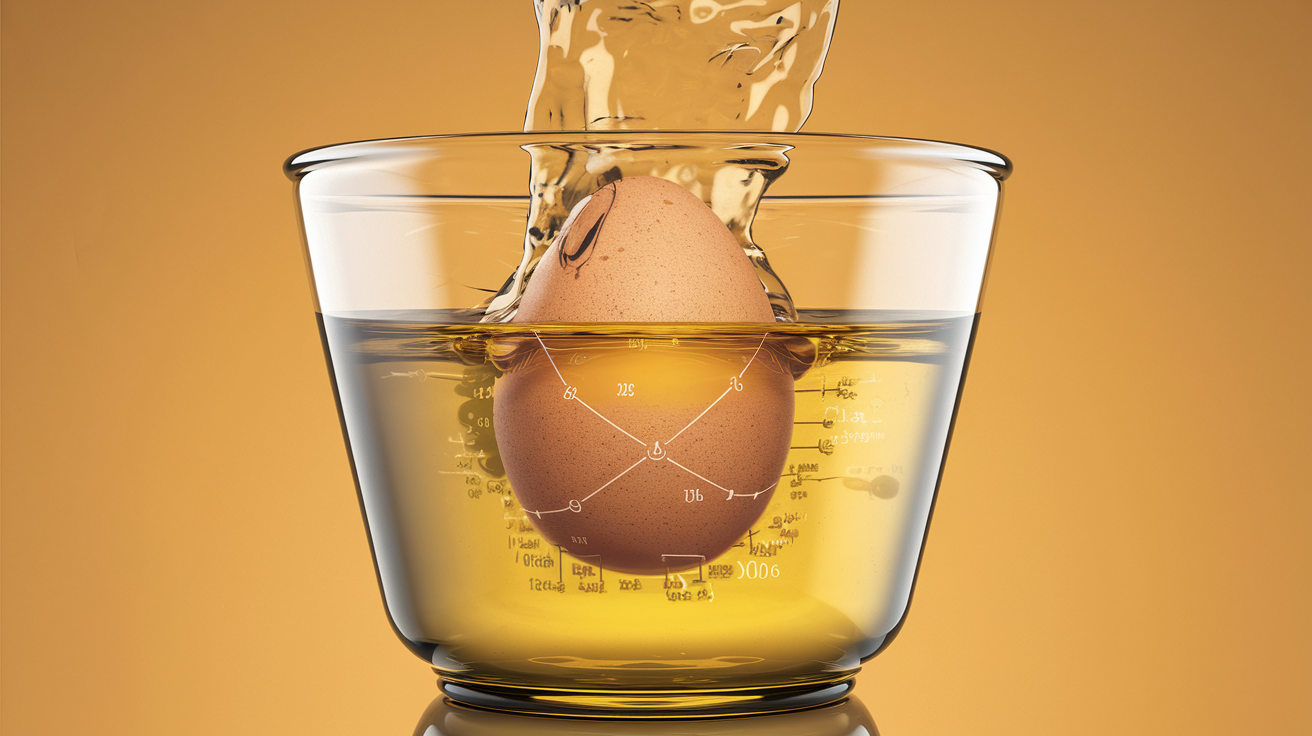Egg Deleup Process: Revolutionizing Egg Preservation

Preserving eggs for longer periods while maintaining their quality is a challenge that agricultural industries and consumers face alike. The egg deleup process introduces a sophisticated method to enhance the longevity, quality, and safety of eggs during storage. By adopting modern preservation techniques, this process ensures eggs remain fresher for extended durations, meeting the demands of growing global markets.
Understanding the Egg Deleup Process
The egg deleup process is a systematic method that involves treating eggs to optimize their preservation and usability. While traditional methods like refrigeration have been widely used, the deleup process employs advanced techniques that go beyond basic cooling, focusing on factors such as shell integrity, moisture retention, and bacterial resistance.
Why Is the Egg Deleup Process Essential?
Eggs are among the most perishable food items. Without proper handling, they lose freshness quickly, which affects their quality and safety. The egg deleup process addresses these issues by:
- Reducing spoilage rates during transportation and storage.
- Enhancing the shelf life of eggs, especially in regions with limited refrigeration.
- Ensuring eggs retain their nutritional value and flavor over time.
- Mitigating contamination risks from bacteria such as Salmonella.
By incorporating this process, producers can deliver fresher and safer eggs to consumers worldwide.
Key Steps in the Egg Deleup Process
Cleaning and Sterilization
Eggs are first cleaned using specialized solutions to remove dirt, debris, and potential contaminants. This step ensures that the outer shell is free from harmful microorganisms, creating a clean slate for further treatment.
Coating the Shell
A protective layer is applied to the eggshell to reduce moisture loss and prevent external contamination. Common materials include edible waxes, oils, or synthetic coatings designed to seal pores on the shell.
Moisture Retention Treatment
The egg deleup process incorporates techniques to preserve internal moisture, maintaining the egg’s freshness. Humidity-controlled chambers and hydrating solutions are often used during this stage.
Temperature Optimization
Eggs are subjected to controlled cooling to stabilize their internal environment. Unlike traditional refrigeration, the process employs precise temperature gradients to avoid thermal stress, which could weaken the shell or affect the egg’s content.
Quality Inspection
Before final packaging, eggs undergo rigorous inspection to ensure that they meet quality standards. Defective or damaged eggs are removed, ensuring only the best products reach the market.
Benefits of the Egg Deleup Process
Extended Shelf Life
Eggs treated with the deleup process can last significantly longer than those preserved using traditional methods. This is particularly valuable in regions with limited access to refrigeration or during long transportation periods.
Enhanced Safety
By reducing contamination risks, this process ensures that eggs are safer for consumption. Sterilization and coating steps act as barriers against harmful bacteria.
Improved Nutritional Value
The deleup process helps preserve the egg’s natural nutrients, ensuring consumers receive high-quality, nutritious products.
Reduced Food Waste
Spoiled eggs contribute to significant food wastage. With the egg deleup process, producers can minimize spoilage, benefiting both the environment and their bottom line.
Global Market Accessibility
Eggs processed through this method are better suited for export, as they maintain quality over long distances and meet international safety standards.
Applications of the Egg Deleup Process
Large-Scale Egg Production
Poultry farms can implement the deleup process to ensure their eggs remain fresh throughout storage, transportation, and retail distribution.
Export and Trade
Countries involved in egg export can benefit from this process to meet international quality standards and extend the shelf life of their products.
Retail and Grocery Stores
Supermarkets can offer higher-quality eggs to consumers while reducing the risk of spoilage before purchase.
Home Preservation
For households, learning about the deleup process can inspire better egg storage practices to maximize freshness.
Comparing Traditional Methods with the Egg Deleup Process
| Aspect | Traditional Methods | Egg Deleup Process |
|---|---|---|
| Shelf Life | Limited | Extended |
| Bacterial Resistance | Moderate | High |
| Moisture Retention | Low | Excellent |
| Transport Durability | Susceptible to damage | Enhanced |
| Cost Efficiency | Moderate | High in long-term applications |
Challenges in Implementing the Egg Deleup Process
Initial Investment Costs
The equipment and materials required for this process can be expensive for smaller farms or producers. However, long-term benefits often outweigh the initial costs.
Skill and Knowledge Requirements
Farmers and producers need proper training to implement the deleup process effectively. Educational resources and workshops can bridge this gap.
Scalability Issues
While large-scale operations benefit significantly, adapting the process for small-scale production may require innovative solutions.
Tips for Maximizing the Benefits of the Egg Deleup Process
Invest in Quality Equipment
Using reliable machinery for sterilization, coating, and cooling ensures consistent results.
Train Staff Thoroughly
Educate employees about each step of the deleup process to minimize errors and maximize efficiency.
Monitor Environmental Conditions
Maintain ideal temperature and humidity levels during storage to complement the process.
Embrace Technological Advances
Stay updated with the latest innovations in egg preservation techniques to enhance the deleup process further.
Environmental Impact of the Egg Deleup Process
The deleup process aligns with sustainable practices by reducing food waste and optimizing resource usage. By minimizing spoilage, it contributes to a lower carbon footprint in the agricultural sector.
Additionally, the protective coatings used in the process are often biodegradable or edible, reducing environmental impact.
Future Prospects of the Egg Deleup Process
As technology advances, the egg deleup process is expected to become more efficient and accessible. Innovations such as AI-driven quality control and eco-friendly coating materials could further revolutionize egg preservation.
Frequently Asked Questions
What is the egg deleup process?
The egg deleup process is a modern preservation method that enhances the shelf life, safety, and quality of eggs through cleaning, coating, and temperature control techniques.
How does the egg deleup process differ from traditional refrigeration?
While refrigeration cools eggs to slow spoilage, the deleup process combines cleaning, coating, and moisture retention techniques for superior preservation.
Is the egg deleup process environmentally friendly?
Yes, it reduces food waste and often incorporates eco-friendly materials for protective coatings.
Can small farms adopt the egg deleup process?
Yes, although initial investment might be high, the process can be scaled to suit smaller operations with the right equipment and training.
What are the main benefits of the egg deleup process?
It extends shelf life, improves safety, preserves nutrients, and reduces food waste.
Is the egg deleup process suitable for home use?
While some techniques can be adapted for home use, the full process is primarily designed for commercial applications.
What industries benefit the most from the egg deleup process?
Poultry farms, export businesses, and retail stores benefit significantly from this process by ensuring egg quality and longevity.






